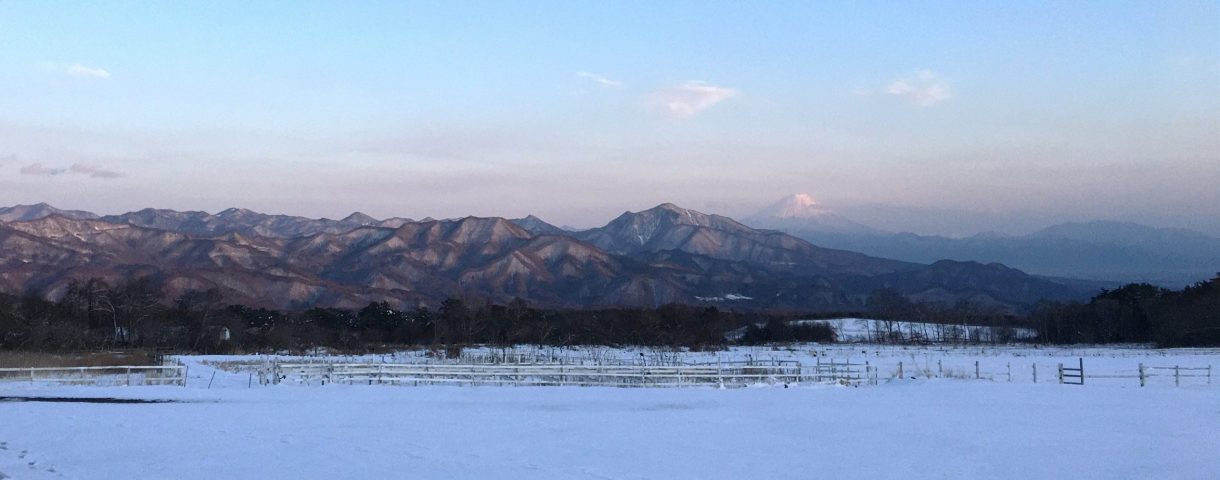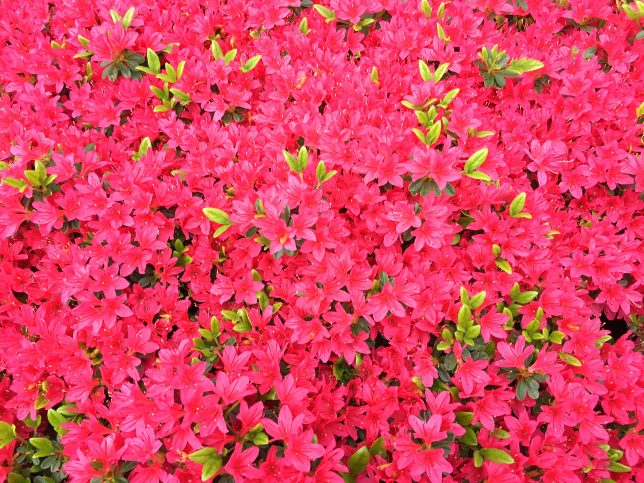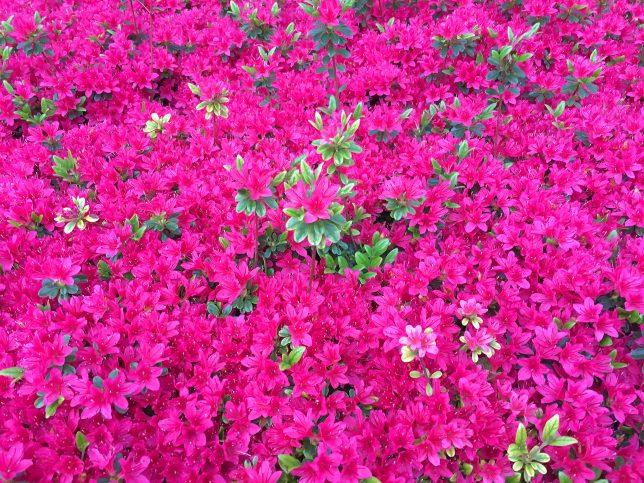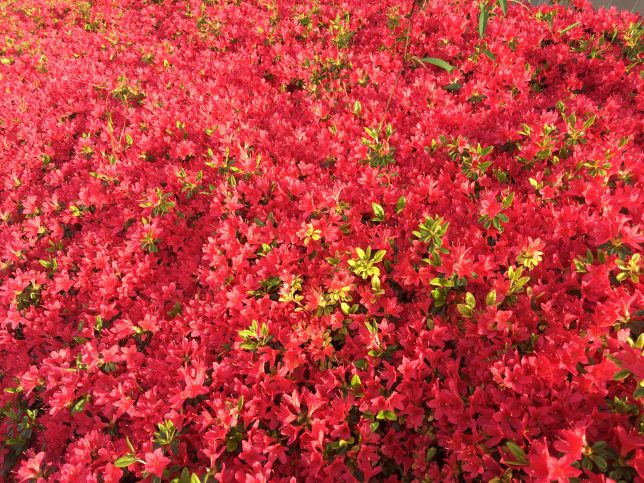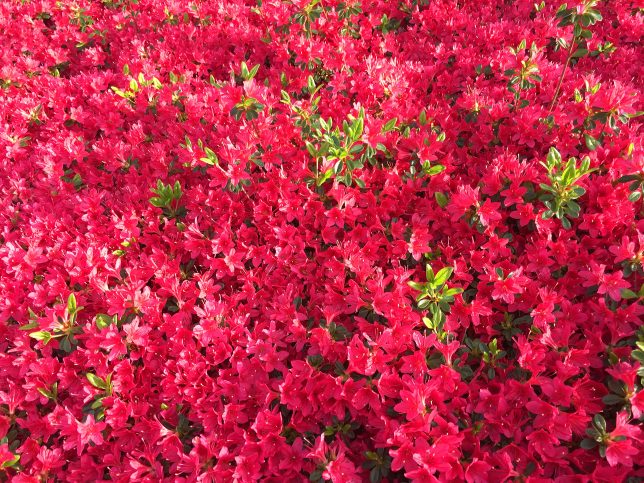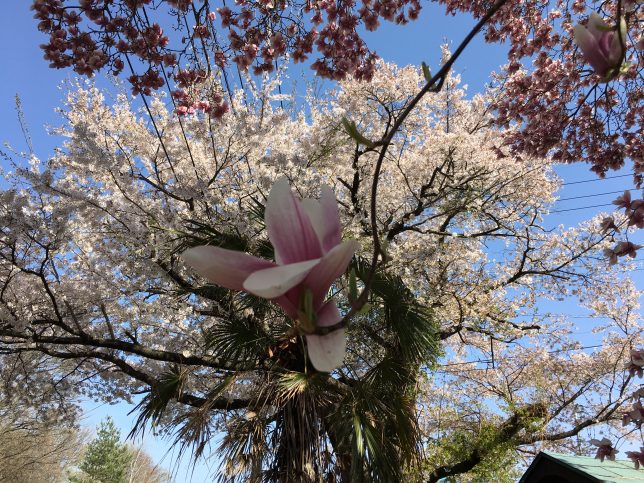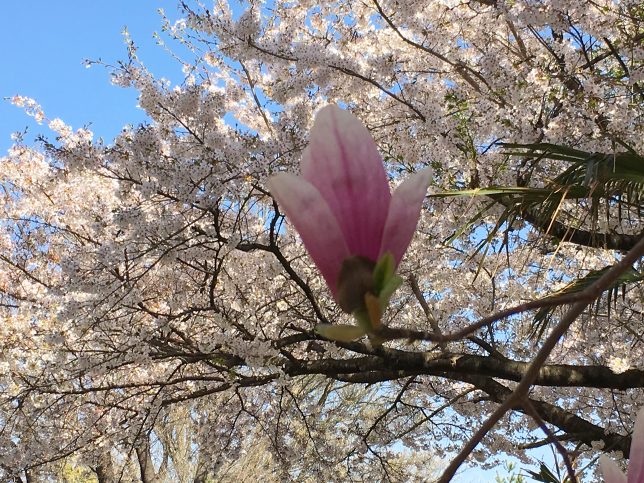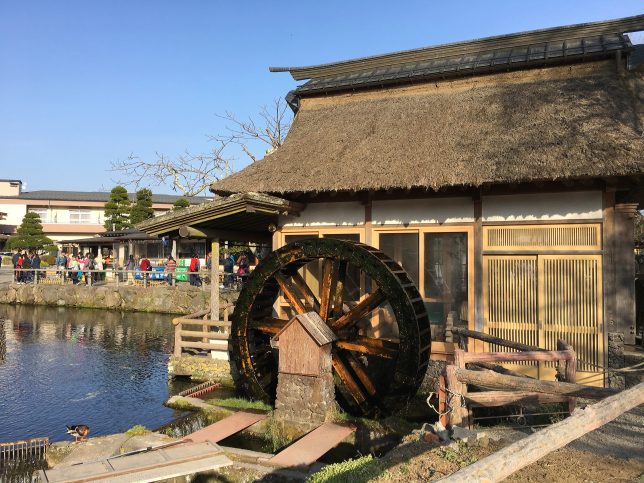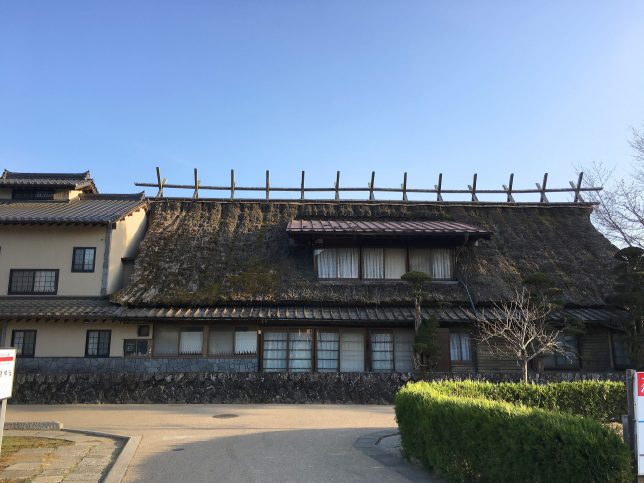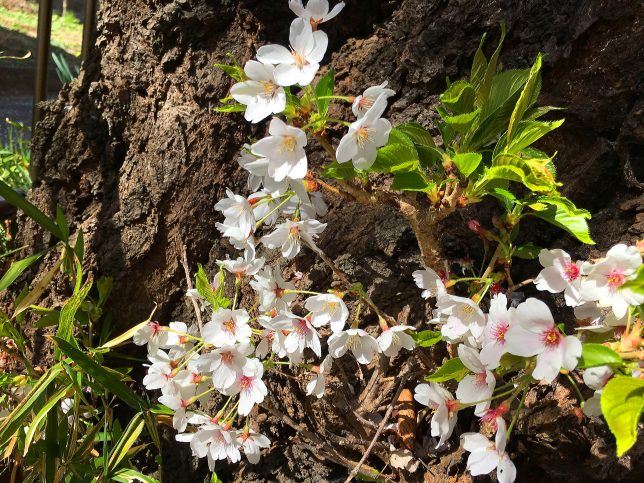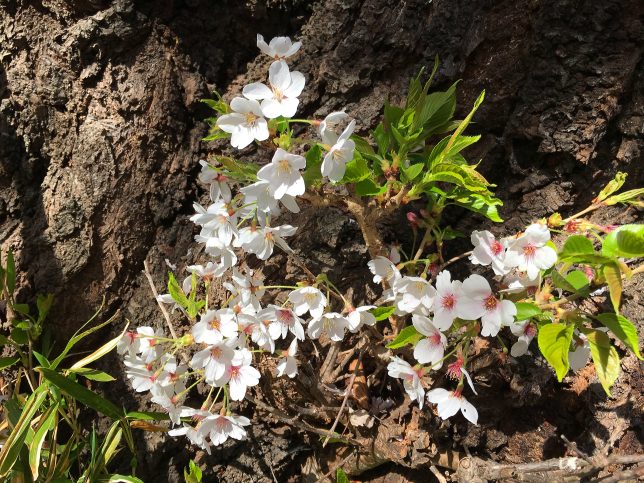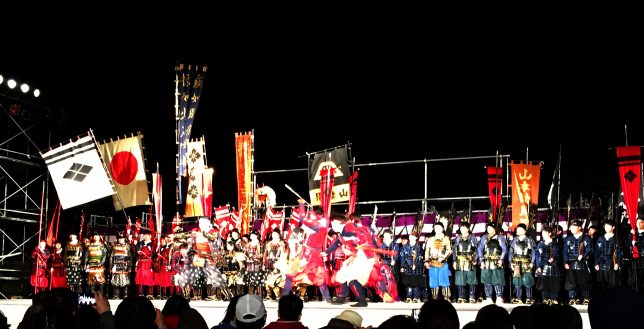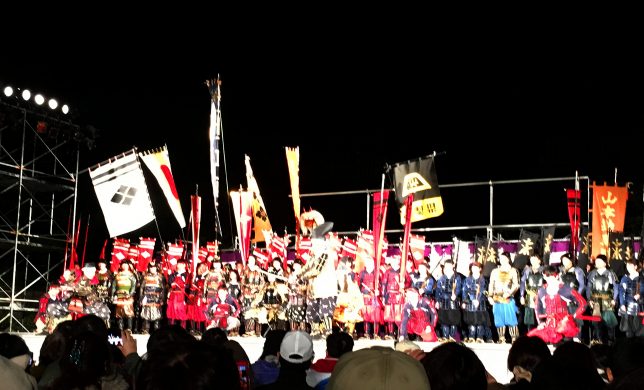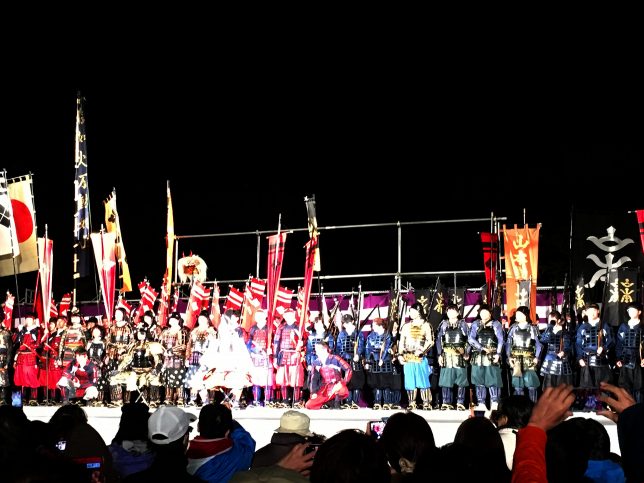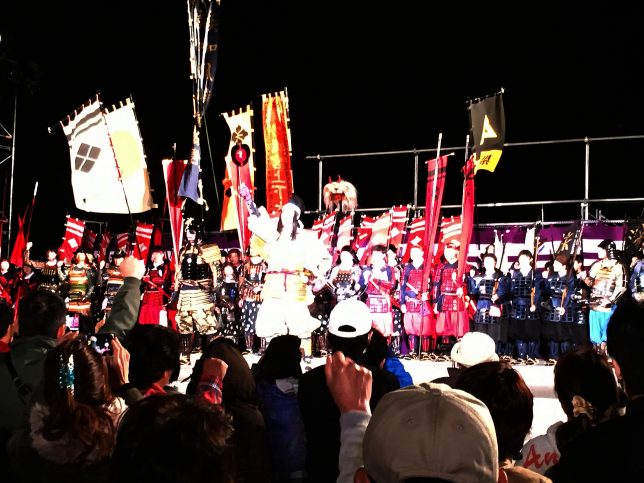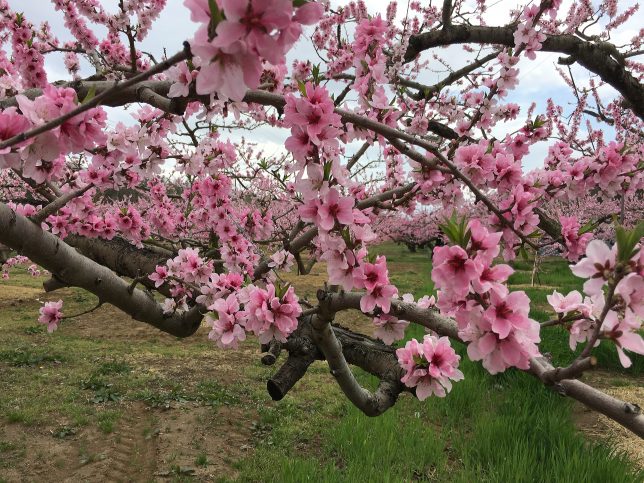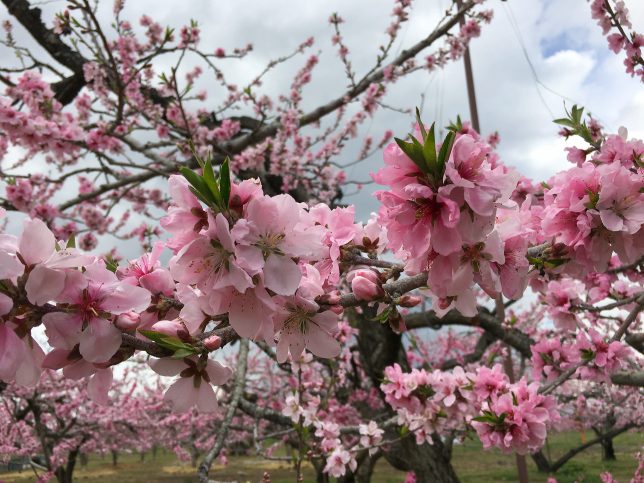A walking tour to observe Mount Fuji with the five-storied pagoda and to stroll the nostalgic Showa era town is available. These places are located in the city of Fujiyoshida in Yamanashi Prefecture. Starting with Shimoyoshida Station, Arakura Sengen Park, one of the nicest Mount Fuji-viewing points, is about a 20-minute walk away. Arakura Sengen Shrine is located at the entrance of the park. After climbing about 500 stone steps, you reach one of the prime photography spots where you can observe Mount Fuji, a five-storied pagoda, and cherry blossoms in spring or brightly colored leaves in autumn all together (Refer to Mount FUJI, GALLERY).
The Yoshida area is well known for its local delicacy Yoshida udon, a type of thick wheat flour noodle of Japanese cuisine that is firmer and chewier than ordinary udon. There are several udon restaurants nearby (http://fujiyoshida.net/about/udon.html). Fujiyoshida is the current name of the municipality.
The Shimoyoshida (shimo means down or lower part of Yoshida town) area used to be a booming town in textile industry. As part of the Gunnai region, thread-spinning factories were here and there, and weaving machines were housed in almost every household and rattling noises were heard day and night. Local merchants collected the textile fabrics and traded them in the markets. Various entertaining facilities including movie theaters and geisha houses flourished. Good old days are gone, but you can peek the remains of the old establishments from the Showa era back streets of Shimoyoshida.
Yamanashi textile industry has existed for over 1000 years. It is not a major industry today; yet, the craftsmanship of Kai silk weaving techniques has been inherited and innovated.
(http://hatajirushi.jp/history-english; https://www.kaikiza.com/en.html)
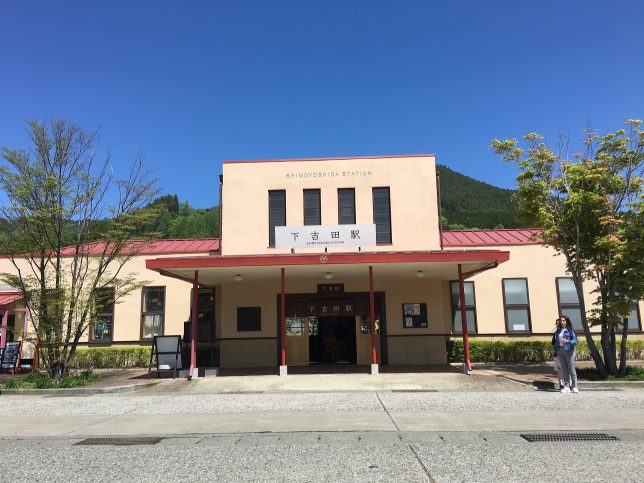
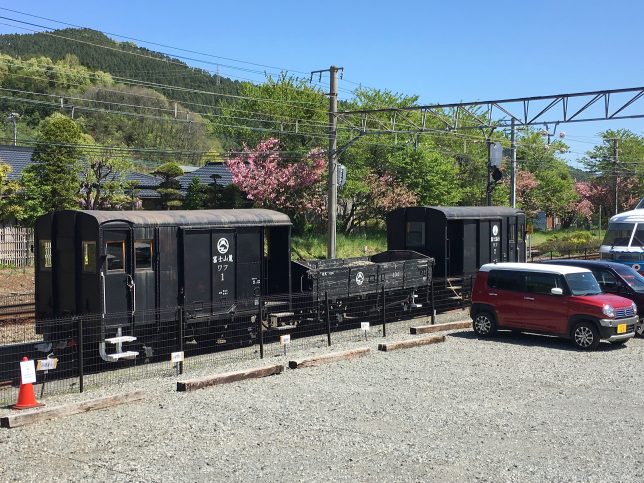
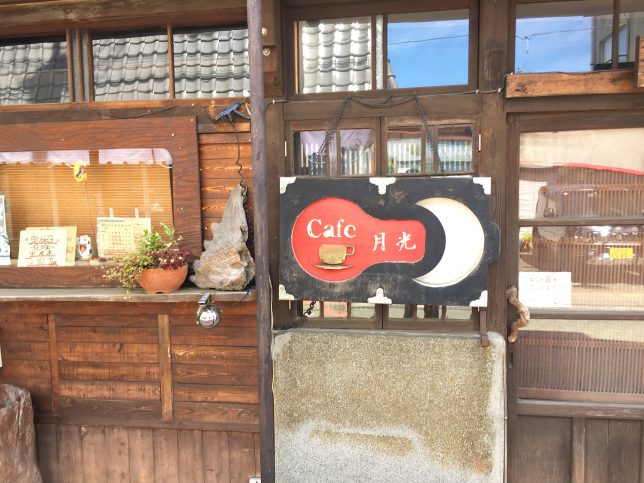
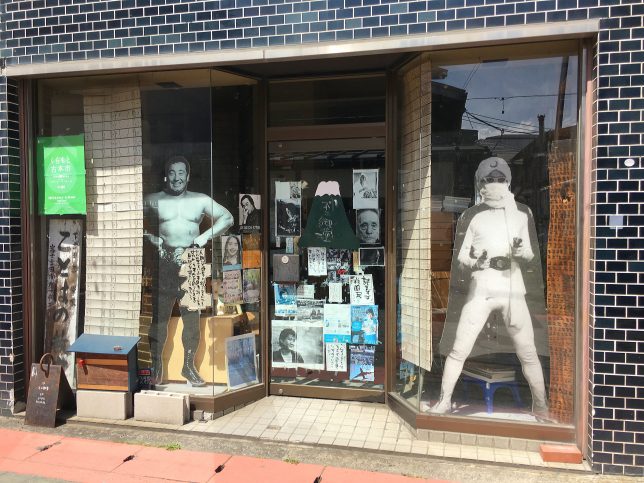
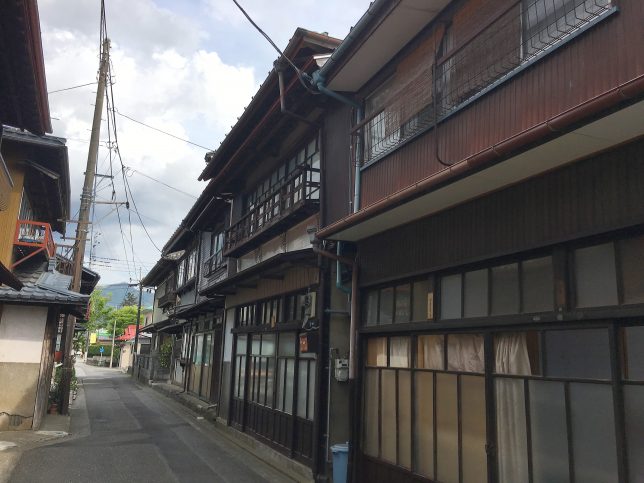
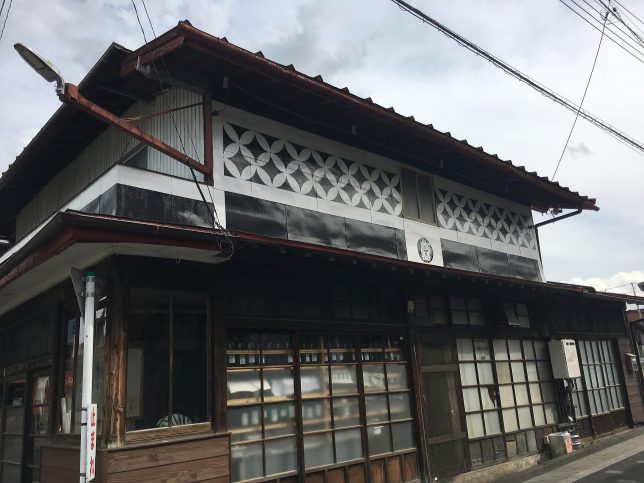
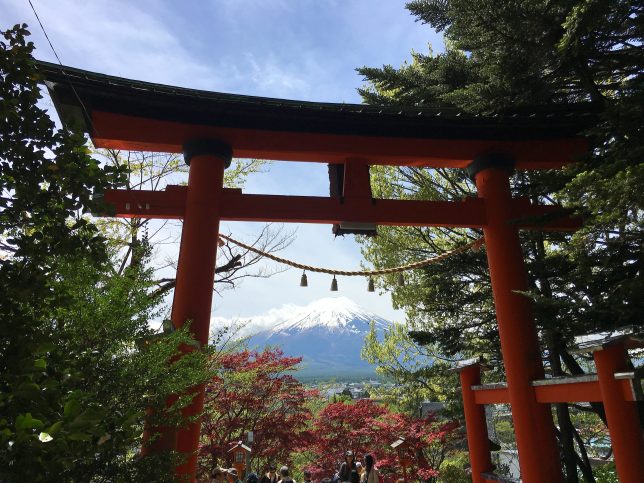
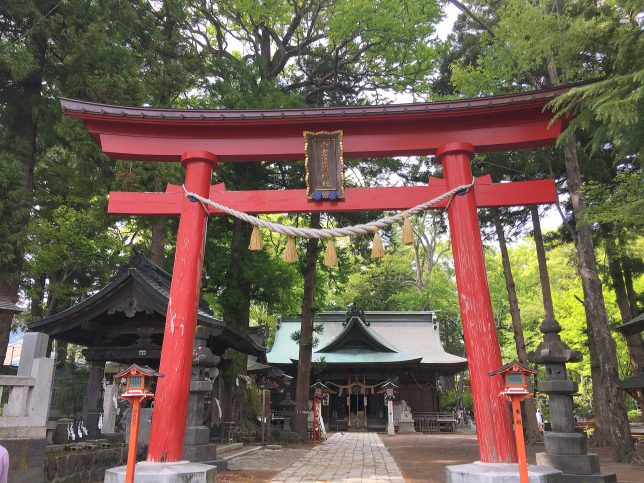
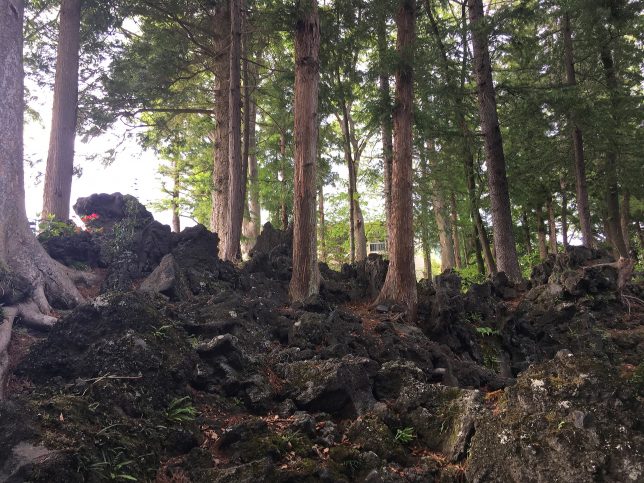
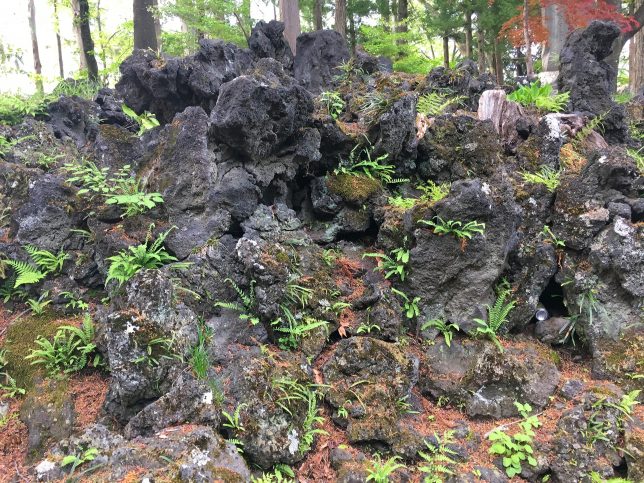
Shimoyoshida, Fujiyoshida, Yamanashi, 4/26/2018
